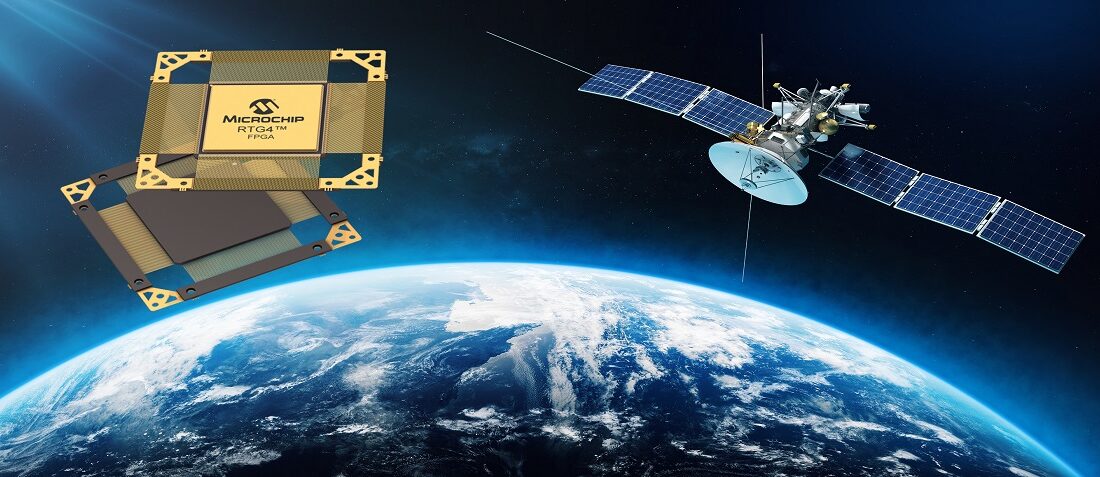
Microchip’s High-Performance FPGA
- Posted by Microchip Technology
- On November 10, 2020
- 0
Microchip’s High-Performance FPGA is First of its Kind to Achieve QML Class V in Ceramic Quad Flat Package.
CHANDLER, Ariz., November 2, 2020 – Microchip Technology (Nasdaq: MCHP) today announced its RTG4™ Field Programmable Gate Array (FPGA) family is the first in a Ceramic Quad Flat Pack (CQFP) option to achieve qualification to the industry’s Qualified Manufacturers List (QML). The achievement will enable space system developers to create systems using more reliable packages that simplify the layout and routing of Printed Circuit Boards (PCBs) that are also easier to assemble and inspect.
We have culminated years of testing, verification and flight heritage to offer a CQFP FPGA at the RTG4 FPGA density and performance level that is qualified to QML Class V, the highest reliability standard for spaceflight systems,” said Shakeel Peera, associate vice president of marketing for Microchip’s FPGA business unit. “Our high-speed radiation-tolerant RTG4 FPGAs were the first of their kind to achieve QML Class V qualification in any package type. They also were the first in their class to be offered in the 352-pin CQFP that is one of the most popular package types for space flight systems.”
Microchip’s CQFP package with 352 pins for RTG4 FPGAs simplifies system design in applications ranging from satellites and space probes to planet landers and vehicles. The CQFP package option is easier to assemble than Ceramic Column Grid Array packages, further improving reliability while enabling a more cost-effective system integration alternative to higher-pin-count alternatives. It is ideal for control applications that do not require a high number of inputs/outputs (I/Os) or need frequent switching and a high number of temperature cycles.
RTG4 FPGAs give space systems new high-speed signal-processing capabilities and leverage reprogrammable flash memory to provide greater immunity to configuration Single Event Upsets (SEUs) while consuming 40 to 50 per cent less power than competing Static Random Access Memory (SRAM) FPGAs. RTG4 FPGAs feature 150,000 Logic Elements (LEs), 462 multipliers and 5.2 megabits (Mb) of memory. With this qualification, Microchip is now able to offer a full range of qualification and screening options for RTG4 FPGAs in the CQFP package suitable for a wide range of space missions from class 1 applications that require QML-V components, to low-cost New Space constellations with relaxed screening requirements.
Please let us know if you would like to speak to a subject matter expert on Microchip’s RTG4 FPGAs and the significance of qualifying them to QML Class V in a CQFP for spaceflight applications.
PR image: https://www.flickr.com/photos/microchiptechnology/50514586712
- Microchip’s Low-Power Radiation-Tolerant (RT) PolarFire® FPGA Enables High-Bandwidth Space Systems with Lower Total System Cost - July 18, 2021
- Microchip’s LX7720 device increases reliability while reducing weight and board area - November 11, 2020
- Microchip’s High-Performance FPGA - November 10, 2020

0 comments on Microchip’s High-Performance FPGA